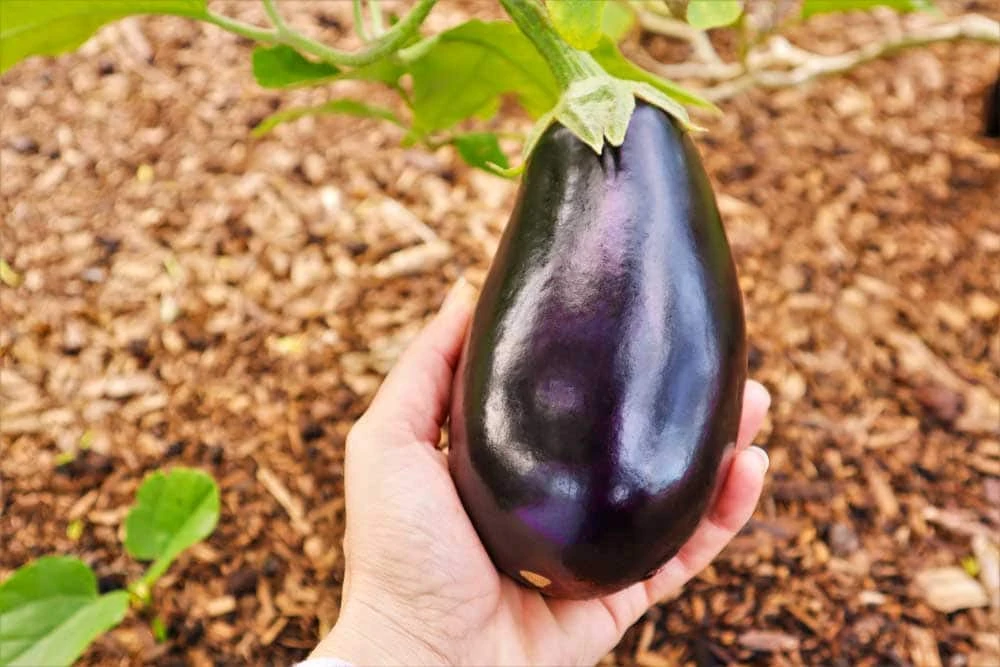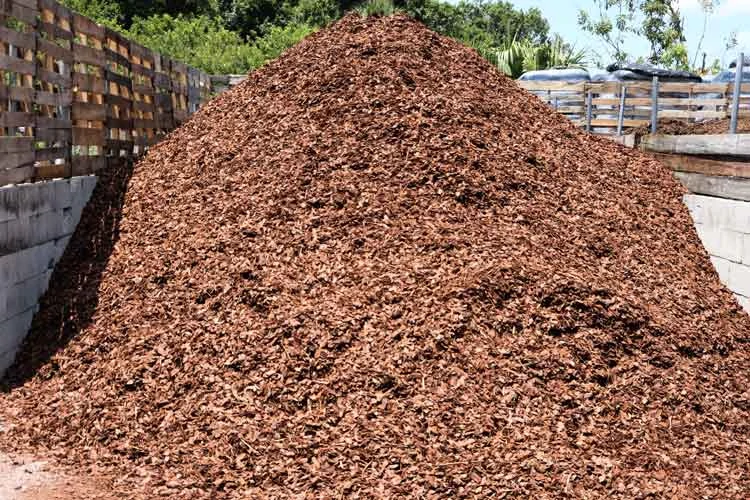by Amanda Rose Newton
June is a big month for gardeners! The month kicks off with the official ban of fertilizers until October to protect the Lagoon from runoff and ends with often brutal hot days and periods of torrential rain.

Like us, plants have an optimal temperature and humidity range they thrive in, and once it hits above 86 degrees, they tend to slow down in their production. Likewise, with humidity! The higher it gets, the more susceptible they become to pests and fungi.
Luckily, the summer intensity doesn’t mean a hollow, plant-free existence for three months, and savvy gardeners know that by following a few simple guidelines, you can keep both your plants and green thumb happy.
Summer Gardening in Florida
1. Plant Long-Lasting Vegetables
One of the biggest downers about summer (especially if you are new to Florida) is that food gardening, at least as far as vegetables are concerned, slows down. It may not be the ideal time to start planting, but it can be a great time to keep enjoying the bounty produced by long-season growers. A few veggies that effortlessly slide from spring to summer include:

- Eggplants
- Tomatoes- Cherry and Everglades (a Native) recommended.
- Peppers- Think hot season= hot peppers! Our favorites: Poblano, Jalapenos, Habaneros, and Serrano.
- Collard Greens- Keep trucking well into fall!
- Onions- Green and bulbing
- Rosemary, Thyme, and Mint
All the above love the sun, heat, and rain that come with summertime in Florida. Be sure to keep up your monitoring for pests and diseases for best results.
2. Plant for the Season
Rockledge gardens makes it a point to stock plants that will perform well when planted during the season they are purchased.
Keep in mind this is not always the case when purchasing plants elsewhere, and be sure what you are planting is ready for the heat and intense sun of Brevard in July. As a general rule, avoid starting leafy greens, lettuces, and other delicate veggies and herbs at this point. There are many great options for summertime gardening fun, including:
- Sunflowers! Nothing says “summer” more than a sunflower!
- Wildflowers – Have you seen our latest Native additions?
- Sweet Potatoes- Heat-loving, simple, and attractive! The early leaves are edible, making a great addition to summer salads.
- Okra – A great late-season veggie with a gorgeous flower that is anything but understated.
3. Bring Head Protection
Just like us, gardens could use a little extra protection from the hot sun at summer’s peak. Consider adding mulch to your beds as a way of offering a wide-brimmed sun hat to your plants.
Mulch helps plants hold on to water longer. Adding compost is also a great tool, as it slowly breaks down providing a steady supply of nutrients right to the roots.

Plants breathe through pores on their leaves and release water into the air, much like how we sweat to cool off! By adding mulch or cover to your plants, you are helping them keep their cool.
But beware of over-watering your plants!
Keep an eye on the forecast and follow the general rule of watering twice a week on days irrigation does not run (or rain). Plants in containers dry out faster so keep an eye on them as they may need extra watering on those hot days.
4. Monitor and Conquer
While it may feel like adding another chore to the ever-growing to-do list, monitoring is the BEST tool you have for success as a gardener!
Best of all, it’s FREE! If you love to write, like me, consider it an excuse to get a fun journal just to use for recording garden goings-on.
You will be amazed at what can happen in a week! It also gets you in a great routine of checking for pests, deadheading plants, and forecasting disease.
Monitoring makes you a better gardener and gives you more insight into the unique ecosystem dynamics happening in your own backyard!
5. Fungi: Make Sure It is Left Off the Guest List
Humidity and fungi are best friends, which is great for them, but pretty toxic to everyone else at the garden party.
Taking the time to get fungi under control before summer hits can make a world of difference for your remaining warm-season veggies and ornamentals.
Nothing brings the room down quite like a bad dose of powdery mildew! Here are few preventative measures you can take to help keep the harmony in your garden.
How to control fungi in the Florida garden
- Giving Plants Room to Breathe! Proper spacing means improved airflow, which is not going to help fungi flourish. They grow best in stagnant, humid conditions, so providing good air circulation is one way to stop them in their tracks.
- Up the Resistance! Many veggies and herbs are now offering resistant cultivars proven to reduce the likelihood of fungi. Do your research and take advantage of these plants.
- Watch the Water. Overwatering is the number one way to prematurely kill a plant. Fungi happen to need a moist environment in order to produce spores and propagate. These two points alone should be enough to consider revising your watering schedule. Remember, water your plants each day for two weeks after installation and then start tapering off from there.
How to care for new plants in your Florida landscape
Be sure to check our New Plants Information Page for more specific instructions on how best to water and maintain new additions to your garden.
Summer still offers an array of opportunities to get outside and enjoy the sunshine in your garden.
From fresh herbs for grilling, marinades, and cocktails to cheery sunflowers, there is plenty to feel inspired and excited about this summer season!


